My End Of 2018 Awards
By danielkempster 2 Comments
Hey there folks, Daniel here. I hope those of you who celebrate Christmas had a great one, and that everybody has had a joyous and peaceful holiday season. Now that the end of the year is upon us, it’s once again time for me to welcome you to another slew of Game of the Year-style content in the form of My End of 2018 Awards. I know I said I’d be taking a step back from blogging here on Giant Bomb a couple of months back, but it would be remiss of me not to suspend that hiatus in order to talk about some of the games have defined the last twelve months for me personally. Looking back over my list of games played this year, my grand total comes to thirty-three titles – a pretty respectable total, and slightly over my projected target of thirty (although nowhere near last year’s monstrous achievement of fifty beaten games). Of those thirty-three, it’s now time to separate the wheat from the chaff and curate a final list of the ten titles that best defined my experience as a player of video games in 2018.
These awards have varied greatly over the years, and 2018 brings with it some more changes to the established formats of years past. For a start, I won’t be dispensing individual awards for every game I played this year. My reasoning for doing so is similar to the one that saw the format change back in 2014 – I’ve played a lot of games within certain franchises this year, to the point where offering up individual awards for some of those games would definitely enter hair-splitting territory. Consequently, the format of this year’s awards is going to be very pared back in comparison – just a single blog post honouring my top ten gaming experiences from this year.
What haven’t changed are my eligibility criteria for these awards. Perhaps controversially, games are eligible for these accolades regardless of their year of release, provided I played them within the last twelve months. Being as I’m someone who plays quite a lot of old games, and rarely gets around to checking titles out within their release years, limiting myself to just 2018 releases would result in a very short list indeed. Opening up the playing field like this allows me to populate my awards with a much wider variety of game experiences and (hopefully) makes for a more unique and entertaining piece of writing. One thing I will say, however, is that games I’ve played before are much less likely to appear within these blogs than ones I’ve experienced for the first time – the former have likely had their chance to shine in previous awards already, whereas the latter are more likely to leave a lasting impression by virtue of their novelty.
It’s also worth noting that none of these games are in any kind of hierarchical order. I don’t like ranking these sorts of lists, partly down to the aforementioned hair-splitting issue, and partly because directly comparing some of the wildly different games on this list in the pursuit of a definitive ranking would be a futile exercise. For that reason, as with previous years, I’ll be sticking with an alphabetical format for this year’s list.
Honourable Mentions
Before I get properly underway, I’d quickly like to acknowledge a couple of honourable mentions – games that, under different circumstances, would have made their way onto this list without incident. As it stands, however, I can’t in good conscience place them above my top ten:
inFamous 2 – inFamous 2 warrants a mention for being the featured game for my contribution to this year’s Giant Bomb Community Endurance Run. My “Karma By Committee” playthrough saw Cole’s moral compass dictated by the donations I received, resulting in a thoroughly evil seventeen-hour romp across the rooftops of New Marais. Thanks to all who contributed to the cause, enabling my stream to send three kids to school for a year through Pencils of Promise.
Life Is Strange – Life Is Strange earns its honourable mention by being the most notable game that I played through alongside my girlfriend Alice this year. While I enjoyed the experience overall, and appreciated the novelty of being able to rewind and do over some of the major decisions, it didn’t quite hit the heights of other Telltale-style games we’ve played together, relegating it to sub-list status.
Red Dead Redemption II – Red Dead Redemption II is the sequel I never expected to one of my favourite video games of all time. It would have undoubtedly been on this list this year, if I’d only been able to finish the darned thing. I’m currently on Chapter Six, and while I feel like I’m making good steady progress through it, there’s no way I’m going to be completely done with the story by the end of the year. It’s definitely going to be on the list for My End of 2019 Awards, though!
Now, with my piece said about those excellent also-rans, let’s get down to brass tacks and reveal the ten most memorable gaming experiences I had in 2018!
Alex Kidd in Miracle World
SEGA – Master System – 1986
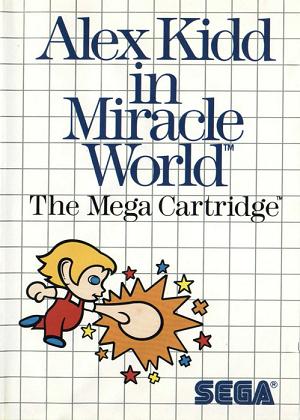
I think this marks only the second time I’ve ever included a game on one of these lists that is older than I am. Released over thirty years ago, Alex Kidd in Miracle World holds a very special place in my heart, it being the first video game I ever played. When I was around four years of age, my parents brought a Master System into the house, with SEGA’s original answer to Super Mario Bros. built into the console. To this day I hold vivid memories of the bright colour palette, simple but effective sprite art and rudimentary level layouts. But for all the time I spent with this platforming classic in my childhood, I never saw the whole adventure through, always coming unstuck around seven or eight levels in.
Fast forward to the late spring and early summer of 2018. Inspired by the exploits of Messrs Caravella and Ryckert and their fantastic ‘This Is the Run’ video series, I decided to take that mentality and apply it to the biggest white whale in my gaming catalogue. I downloaded the PlayStation 3 port of Alex Kidd in Miracle World and, over the course of about four weeks, uploaded a series of daily runs to YouTube with the goal of beating the game fair and square – no save states or cheats, just gradual improvement born from trial and error. Along the way there were rock-paper-scissors patterns memorised, lives lost to cheap deaths that would later be avoided, and some inspired lateral thinking to get around a seemingly impossible late-game maze puzzle. One of the most rewarding aspects of this endeavour was how it forced me to deconstruct my own learning processes, an experience which has stuck with me and made me feel more present in the act of playing games.
After gradual progress through seventeen failed runs, I finally completed Alex Kidd in Miracle World on my eighteenth attempt, on Saturday 9th June. But it wasn’t just an achievement in the sense of finally getting one over on the first game I’d ever played. It was also an achievement in the sense of learning more about who I am as a player of games. It was an experience similar to the one I had playing the Android version of the original Dragon Quest back in 2016 – one that I’d be hard pressed to recommend to anybody else, but which was essential in shaping how I will look back on 2018, and will undoubtedly affect my game-playing habits and choices going forward.
Dark Souls
FromSoftware – Xbox 360 – 2011
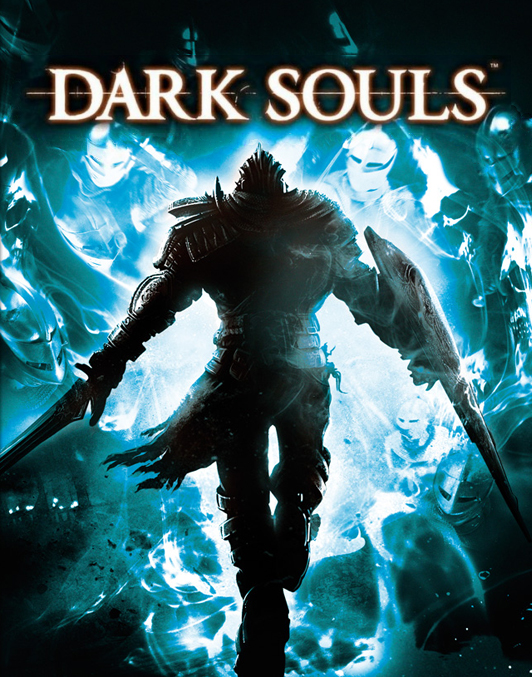
After playing through Demon’s Souls for the first time two years ago and falling in love with its unique approaches to world-building and player challenge, I knew I needed to make its spiritual successor a priority. Even then, it took me nearly two years to get around to checking out Dark Souls, and I really wish I’d succumbed sooner. FromSoftware’s part sequel, part reimagining of their PS3 cult classic stands head and shoulders above its forebear, providing an experience that is brutally enchanting and steeped in mystery.
One of Dark Souls’ biggest strengths is in its shift from Demon’s Souls’ hub-world approach to a seamless, interconnected world more in keeping with the design sensibilities of Metroidvania titles. This design choice makes Lordran feel expansive and authentic in a way that Boletaria never quite did, allowing players to catch recognisable glimpses on the horizon of places they explored several hours previously, to loop back on themselves in interesting ways, and to tackle objectives in multiple orders or even out of sequence. The world is by no means its only star, either, as the game plays host to some of the most memorable and challenging boss encounters I’ve ever witnessed. The likes of the Gaping Dragon, Ornstein and Smough, the Great Grey Wolf Sif, and the Four Kings are battles that I won’t forget any time soon, in terms of their designs, the level of challenge they presented, and the thrilling sense of achievement upon their eventual defeat.
Dark Souls is an experience that begs to be unpacked on its own terms. In the seventy-something hours it took me to dissect its campaign and reach its conclusion, at no point did I feel compelled to cheese my way through any of its challenges, or look up any of the solutions to its myriad mysteries. Furthermore, thanks to my transferable working knowledge of the mechanics of Demon’s Souls, I didn’t feel the need to resort to online crib-sheets. I took my time, gradually moving further from Firelink Shrine and towards each new bonfire with only ambiguous hints left by other players to guide my hand. That’s what makes it one of my most memorable gaming experiences of the last twelve months, and why it deserves its spot on this list.
Final Fantasy XII: The Zodiac Age
Square-Enix – PlayStation 4 – 2017
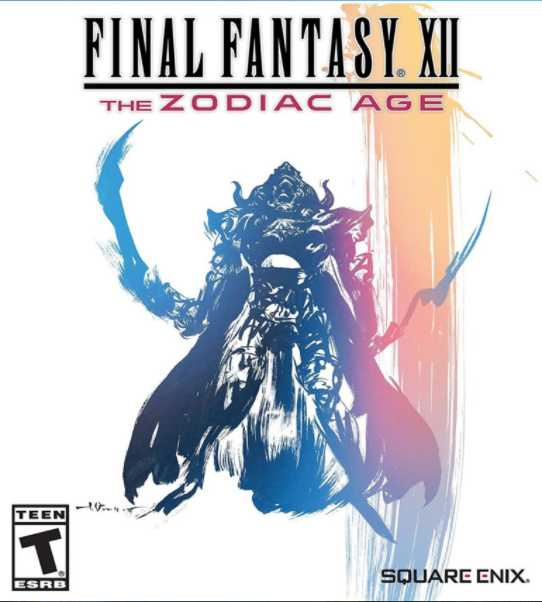
Considering I used to be known in some corners of this website as “the Final Fantasy guy” (a result of a lengthy series of Let’s Play-style blogs covering one of my all-time favourite games), my track record with the franchise has been pretty spotty over the last decade or so. I played Final Fantasy XIII when it came out, forced my way through the sequel some time later, put off checking out Lightning Returns and still haven’t even popped Final Fantasy XV into my PlayStation 4 over two years after release. The origins of that poor form can probably be traced back to 2007, when Final Fantasy XII launched on the PlayStation 2 in the UK. I joyously picked up the game at launch, and spent the week running up to my seventeenth birthday getting lost in the gorgeously rendered world of Ivalice.
Unfortunately a number of factors conspired to halt my progress – an imperfect storm of social commitments, beginning to learn to play drums, and the pressure of revising for looming A-Level exams all took their toll on my available free time. The game itself was also partly to blame, in hindsight, with a plodding narrative accompanied by methodically-paced gameplay and a combat system whose nuances I struggled to understand. Consequently, I never finished the original release of Final Fantasy XII, and now I probably never will. Returning to Ivalice over a decade later has confirmed to me that the Zodiac Age re-release on PlayStation 4 is the definitive way to play Final Fantasy XII in 2018. Thanks to some essential quality-of-life improvements, most notably the ability to double or even quadruple the game speed at the press of a button, navigating its over-large environments and grinding for loot drops or experience gain no longer feels like the arduous slog it once was. This, in turn, makes the game’s narrative flow at a much better pace, since it isn’t being constantly interrupted with hours of slow-moving tedium.
And at the risk of getting controversial, this remains one of my favourite stories in the franchise. Final Fantasy XII’s insistence on prioritising the political machinations of Ivalice over the development of its characters has long been a divisive talking point, but given that the game’s world is its best character, I feel that was the right decision. And while a third of the playable cast might as well have not been there (looking at you, Vaan and Penelo), the characters who do matter are well-developed enough to care about, with interesting character arcs and just enough personal stakes in the greater scheme of things to justify their starring roles. The fact the story is essentially Star Wars with a fresh coat of paint is undeniable, but that fact didn’t stop me from getting caught up in its myriad twists and turns.
Final Fantasy XII: The Zodiac Age earns its spot on this list because it trimmed exactly the right amount of fat from the original experience to see me through its seventy-hour story without losing focus or interest, finally enabling me to tick another core Final Fantasy game off my backlog. Final Fantasy XV, I’m coming for you in 2019.
God of War
Sony Santa Monica Studios – PlayStation 4 – 2018
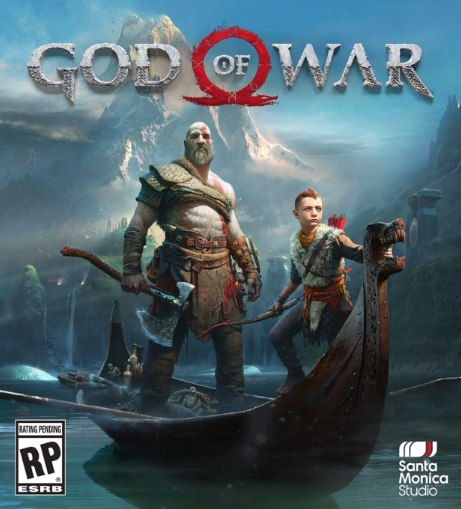
I’ve been a fan of God of War ever since the original game appeared on the PlayStation 2 in all its bloody glory in 2005. In all the games that have come since, critics have lauded improvements made to the series’ tight action gameplay, but have also derided Kratos as a joke character who knows nothing but how to get his rage on. I don’t necessarily disagree, but within all that discussion through the intervening years, I feel that the original God of War gets unfairly overlooked from a story standpoint. Sure, it’s no masterpiece, but it features Kratos at his most human and relatable across the original canon. It’s the main reason that to this day I still prefer the original God of War over its bigger, better and more varied sequels.
Having written themselves into that rage-fuelled corner, the easiest route for Santa Monica Studios would have been to hard reboot their intellectual property and start with a blank canvas. Instead, Cory Barlog’s team embraced the history they’d created, acknowledged it, and used it as a foundation for something very special. It’s not new for Kratos to be caught up in the petty squabbles of the gods, but by framing him as older, wiser, and way more self-aware, he’s able to bring something more than just blood and vitriol to the table. It’s not new for Kratos to be a father, but by placing Atreus alongside him in the present rather than making him a memory of his past like Calliope, we get to actually see him being a father instead of just being reminded that he used to be. By shifting the action from Greek to Norse mythology, Kratos is rendered vulnerable by his lack of knowledge, making him as reliant upon Atreus as his son is upon him. God of War is the first game in over a decade to portray Kratos as something more than just a murderous player avatar, and I love that.
From start to end, God of War is an intensely intimate experience, and I’m not just talking about the story. A big part of that is down to the shift to an over-the-shoulder camera perspective that never cuts away, ensuring the player is always close to Kratos and what he is experiencing. This is a far cry from previous God of War games, whose static cameras would often pan up or out to reveal enormous temples or gigantic Titans (or indeed, enormous temples on gigantic Titans), revelling in scale in a way that often compromised the gameplay experience. God of War retains a sense of scale by casting it from a different angle, without sacrificing the experience of actually playing it. Combat is visceral and hectic, with a focus on crowd control and mixing up tactics and weapons to deal with different kinds of enemies – thematically not that dissimilar to the old games, but again, that in-close camera makes you feel part of the experience, rather than divorced from it.
God of War gets its spot on this list because it takes everything I loved about the original series – its reverence for mythology, its sense of scale and spectacle, and its incredible action combat – and marries it with characters, worlds, and a story that I actually care about and finally feel invested in. After thirteen years, God of War finally grew up with me.
Gran Turismo Sport
Polyphony Digital – PlayStation 4 – 2017
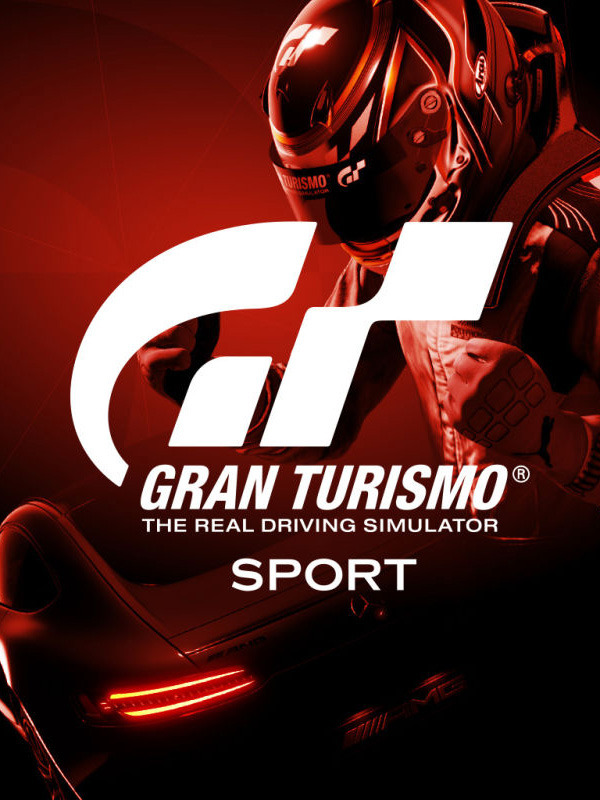
When a racing game shows up on one of my end-of-year top ten lists, it’s not usually because of their overall quality, but because of their ongoing impact on my gaming habits within the given year. Such was the case with Forza Motorsport 4 some years back, and such is once again the case with Gran Turismo Sport in 2018. It’s certainly not one of the very best games I’ve played this year. In fact, on multiple levels, it was quite a disappointing experience. As a predominantly solo player of games, I found the scant single-player content in the launch version of the game to be way below par, especially for a game born from the same franchise as the impossibly enormous Gran Turismo 4.
Thankfully, it didn’t stay that way. 2018 saw Polyphony Digital delivering on a lot of the promise shown in last year’s base release of Gran Turismo Sport. Over the last twelve months they’ve shown an incredible amount of support for the latest entry in their long-running franchise, consistently adding new cars, tracks and events by way of regular free updates. Every major overhaul has brought me back to the game to purchase new cars, whizz around new Circuit Experience tracks, and participate in new events in the GT League, a single-player mode added post-launch that channels the spirit of GT games of old.
Not every change Polyphony has made has been for the better. In the context of the increasingly aggressive monetisation practices of the AAA game industry, their decision to allow purchasing in-game cars with real-world currency leaves a particularly sour taste in my mouth. By and large though, I feel like they’re doing right by their product, populating the relatively blank canvas they released just over a year ago with a bevy of worthwhile content. With every passing month, Gran Turismo Sport gets a little bit closer to delivering the experience that I want out of a current-generation racing game. I can’t wait to see what improvements and additions 2019 will bring.
The Legend of Zelda: Breath of the Wild
Nintendo – Switch – 2017
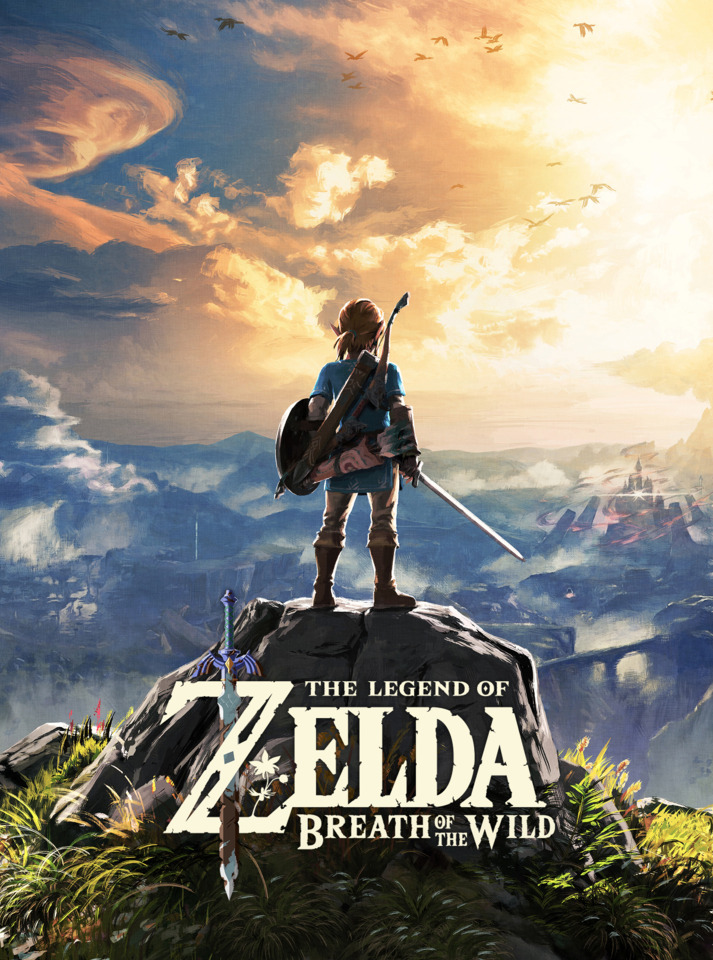
When I bought myself a Switch at the start of 2018, it was for the express purpose of playing the new Legend of Zelda. Well, that and future-proofing my personal investment in the core Pokémon franchise, but mainly for the Zelda thing. It was a decision fuelled by the reception it garnered in last year’s Game of the Year awards, a level of universal acclaim that confirmed I needed to pick up Nintendo’s new bit of hardware to experience it. After investing three-hundred English pounds of my money and one-hundred hours of my time, and having ten months to distance myself from the experience, I still feel that Breath of the Wild is one of the finest open-world adventure games I have ever played.
Breath of the Wild achieves this by pushing back against so many of the conventions that have become ubiquitous in open-world game design, rebuking each one with an inspired alternative that puts exploration, discovery and fun at the centre of the experience. Instead of an in-game map littered with “icon barf”, the waypoints on the map in Link’s Sheikah Slate are set by the player, and can be placed without interrupting gameplay should anything on the horizon pique their interest. Instead of rigid quest design that limits player freedom, the Divine Beasts and Shrines are constructed in a way that encourages players to be creative in their approach to environmental navigation and puzzle-solving. Rather than equipping players with an inventory full of items and abilities that have very specific uses, Link is bestowed with a handful of Runes that have a multitude of in-game applications to support player experimentation.
All of this is situated within a vast game world which is governed by systems that support and enhance the gameplay at every turn. Breath of the Wild’s physics engine, weather systems, elemental properties and behavioural AI are all intrinsically linked, such that pushing up against one or more of these systems is often what yields its most memorable moments. Using metal weaponry to conduct electricity for a Shrine puzzle, or re-purposing the updraft from a bush fire to quickly gain altitude with Link’s sailcloth, or hunting wolves on the slopes of the Hebra Mountains and watching their meat freeze if left on the ground too long, or rolling an explosive barrel downhill into a group of unsuspecting Bokoblins – these incidents represent a minuscule fraction of the systemic interactions I experienced while playing Breath of the Wild. Simply put, its version of Hyrule is one of the most enrapturing places I have ever had the privilege of travelling to via a game controller. My only regret is that I’ll never be able to play it for the very first time again.
LEGO Harry Potter: Years 1-7
TT Games – Steam – 2010/11
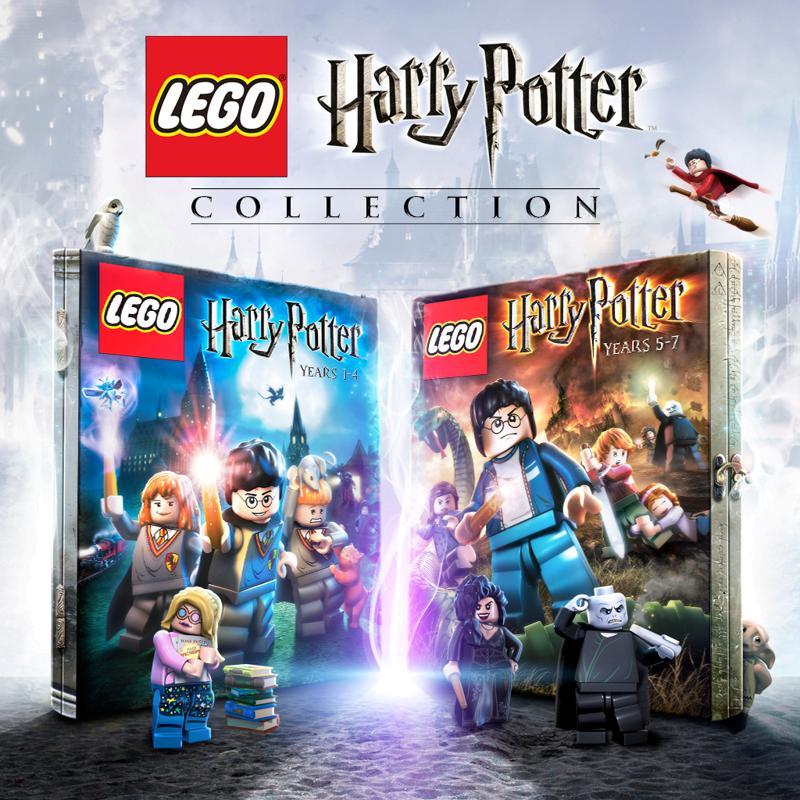
I played through five of TT Games’ LEGO titles this year, which is roughly four-and-a-half more than the recommended annual quota for anyone who plays video games on anything more than a casual basis. The games are almost painfully similar to one another, usually with just aesthetics and one or two simple mechanics serving to differentiate each instalment from the rest of the herd. Despite the over-saturation, though, I had a lot of fun losing myself in brick-based versions of various beloved media franchises. LEGO The Lord of the Rings was perhaps my favourite, being very closely tied to the Peter Jackson films I loved so much growing up. LEGO Jurassic World was probably the most enjoyable game of the bunch, with the pursuit of 100% completion somehow feeling a little less monotonous than its brethren.
It’s perhaps a surprise, then, that the games I’ve picked to hold the torch for the LEGO franchise in this top ten list are the two LEGO Harry Potter titles. While they weren’t my favourite or the most enjoyable experiences I had with the franchise this year, they were without a doubt the most memorable. LEGO Harry Potter brought me closer to my youngest sister this year, through a shared love of J.K. Rowling’s wizarding world that I’d recently rekindled as I started to revisit the books (I’m currently up to Order of the Phoenix, which I keep putting off starting because it’s my least favourite). At weekends through the spring and into the summer we would camp in front of my laptop or her TV screen and play LEGO Harry Potter together. My sister isn’t big into video games so although the option to play co-operatively was there, she was much happier taking a back seat, steering me through each level and around the hub of Hogwarts in search of more Gold Bricks, Character Studs and Crest Pieces, eventually reaching 100% completion in both games. That experience stands as proof that Dumbledore was right – love is indeed the most powerful magic of all.
Monster Hunter 4 Ultimate
Capcom – 3DS – 2015
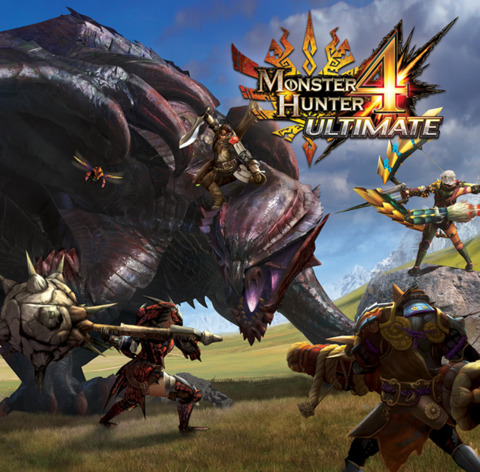
While everyone else was getting excited over a brand new console-based Monster Hunter game this year, I was predictably living in the past by playing an older version of that new hotness. In this particular case, the game was Monster Hunter 4 Ultimate on my Nintendo 3DS. This wasn’t my first corral as far as Monster Hunter was concerned – I played a significant chunk of Freedom Unite on my PSP back in the spring of 2015 – but it was my first time feeling comfortable with the series. And I’m not just talking about from a gameplay perspective, either – having access to a New 3DS with a built-in C-stick meant that MH4U was thankfully not an experience defined by claw-grips and hand cramps.
4 Ultimate succeeds in a lot of places where Freedom Unite failed for me, and that’s not just limited to the controls. Its single-player content is structured in a much less confusing way, surfacing more of its gameplay idiosyncrasy for new players and tying together its hunts with a cohesive story that guides players admirably along its still-steep difficulty curve. Although I came into MH4U with some dormant knowledge of Monster Hunter’s gameplay loop, I still feel like it taught me more in its opening quests than Freedom Unite did in the entirety of the fifty-plus hours I spent with it. It’s also worth mentioning that this iteration of the franchise features some much-appreciated improvements to gameplay, such as the ability to mount certain monsters and the added verticality that brings to both exploration and combat.
My only regret with Monster Hunter 4 Ultimate is that I never got a chance to experience it the way it was truly intended to be played – namely co-operatively, with friends. While I have a couple of friends with 3DSes, none of them have yet been bitten by the Monster Hunter bug. Consequently, a large amount of the game’s content remains unexplored, and I suspect it always will. However, that doesn’t diminish the amount of fun I had Switch-Axe-ing my way through its single-player content. Perhaps in the new year I’ll take the plunge on Monster Hunter: World and finally get to join other players on more demanding hunts. Until then, what I did play of MH4U more than justifies its inclusion on this list.
Spyro Reignited Trilogy
Toys for Bob – PlayStation 4 – 2018
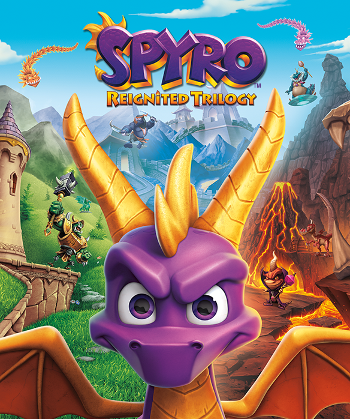
I am a nineties kid. I grew up watching Mighty Morphin Power Rangers, listening to S Club 7, and playing mascot platformers on the original PlayStation. While last year’s excellent Crash Bandicoot N. Sane Trilogy did a lot to recapture my misspent youth by updating an essential piece of my formative gaming history for modern hardware, it wasn’t quite the game I was hoping for. Why, you ask? Simple – I was hoping for Spyro. Insomniac’s little purple dragon always held more sway than Naughty Dog’s fuzzy orange marsupial in our household, probably because my mum loved playing Ripto’s Rage (subtitled Gateway to Glimmer here in the UK) and Year of the Dragon so much. This year, I actually got the game I was hoping for, in the form of the Spyro Reignited Trilogy.
Reignited succeeds in basically all the same ways as N. Sane did before it. It faithfully reproduces a trio of much-loved mascot platformers for the current generation, preserving their core gameplay while cranking the aesthetics up to eleven. It unifies the presentation of those games with consistent controls, UI and functionality across all three titles. It introduces Trophy support, plus a number of quality-of-life improvements, such as right-stick camera control, modernising the games without sacrificing the classic feel of the originals. It retrofits additional iterative improvements from the later games into the older ones, namely Skill Points and the ability to have Sparx point to any missing treasure within a given level. All of this was to be expected.
What I wasn’t expecting was for the games to play so damned perfectly. As someone who has played the originals to 100+% completion so many times that I’ve genuinely lost count, I still have an innate muscle memory for these games. In the N. Sane Trilogy, that muscle memory failed me due to the changes they made to the physics of Crash’s jump. In Reignited, I don’t feel like my muscle memory failed me once. Everything felt exactly how I expected it to feel, making all three of these games instant winners in my eyes. Last year I said that the N. Sane Trilogy was the definitive way to play Crash Bandicoot in 2017. This year, I say that the Reignited Trilogy is the definitive way to play Spyro the Dragon in 2018. Here’s hoping that next year’s impending release of Crash Team Racing Nitro-Fueled can make it three out of three for Activision on the retro-remake front.
Super Mario Odyssey
Nintendo – Switch – 2017
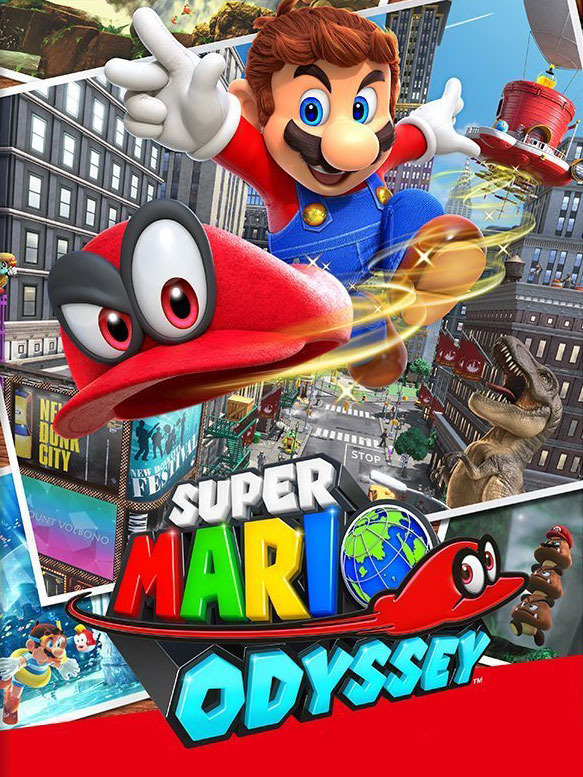
Whenever the question of why we play games comes up, the almost universal answer is to have fun. We play for those little hits of dopamine that stimulate the pleasure centres of our brain each time we reach a new area, defeat a challenging enemy, or overcome a complex puzzle. Super Mario Odyssey is a game that understands this perfectly, because it is purpose-built to keep those dopamine hits coming at frequent and regular intervals. Its main collectibles, the Moons that power the game’s eponymous spaceship, are overwhelmingly ubiquitous. You’re rarely more than a few minutes away from your next one at any given moment, and the “one more Moon” mentality this instils in the player makes it incredibly difficult to put Odyssey down.
But it’s not just quantity that sets Super Mario Odyssey apart from its peers. After all, having hundreds upon hundreds of collectable Moons on offer would mean nothing if they weren’t rewarding to acquire. Thankfully, the tasks and challenges standing between Mario and those Moons are wildly varied, as are the eclectic collection of Worlds he explores along the way. Odyssey’s other big strength lies in its simplicity and accessibility. Mario’s moveset is fairly limited, essentially boiling down to a series of jumps and the ability to throw his anthropomorphic cap around. However, each tool in Mario’s belt has a huge number of applications, allowing players to overcome complex challenges through mastering just a handful of basics. The novel capture mechanic is very well thought-out too, with each potential capture having one or two clearly defined abilities that allow players to explore old environments in new ways, yielding even more Moons along the way.
It’s worth mentioning that Super Mario Odyssey was also the game that ignited my brief fling with streaming this year, as I broadcast my forays into its post-game challenges for the enjoyment of a live internet audience. For just over a month, Super Mario Saturdays encouraged me to keep coming back to the game in the hopes of wringing more joy out of it, and thanks to the multitude of post-game Moons available to unlock, that well never dried up. In fact, I still have the Dark Side of the Moon challenge to complete, something I’ll likely try and overcome at some point in 2019. Knowing that there are almost five-hundred Moons still waiting to be grabbed, even after everything I’ve done already, makes me feel excited to jump back in. That’s why I play video games, and that’s why Super Mario Odyssey is on this list.
---
There you have it – the ten games that best define my game-playing habits over the course of 2018. I’d be really interested to hear your thoughts on any of the titles listed above, as well as your own picks for the best games you played this year. Now, if you’ll excuse me, I have a lot of Game of the Year content to catch up on, a ton of community blogs and user lists to peruse, and more Red Dead Redemption II to play. After that, I’ll be heading back into whatever the blogging equivalent of hibernation is. Thanks very much for reading folks. Here’s wishing a very happy and prosperous New Year to each and every one of you. Take care, and I’ll see you around.
Daniel
---
Currently playing – Red Dead Redemption 2 (PS4)
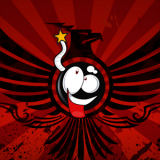
2 Comments